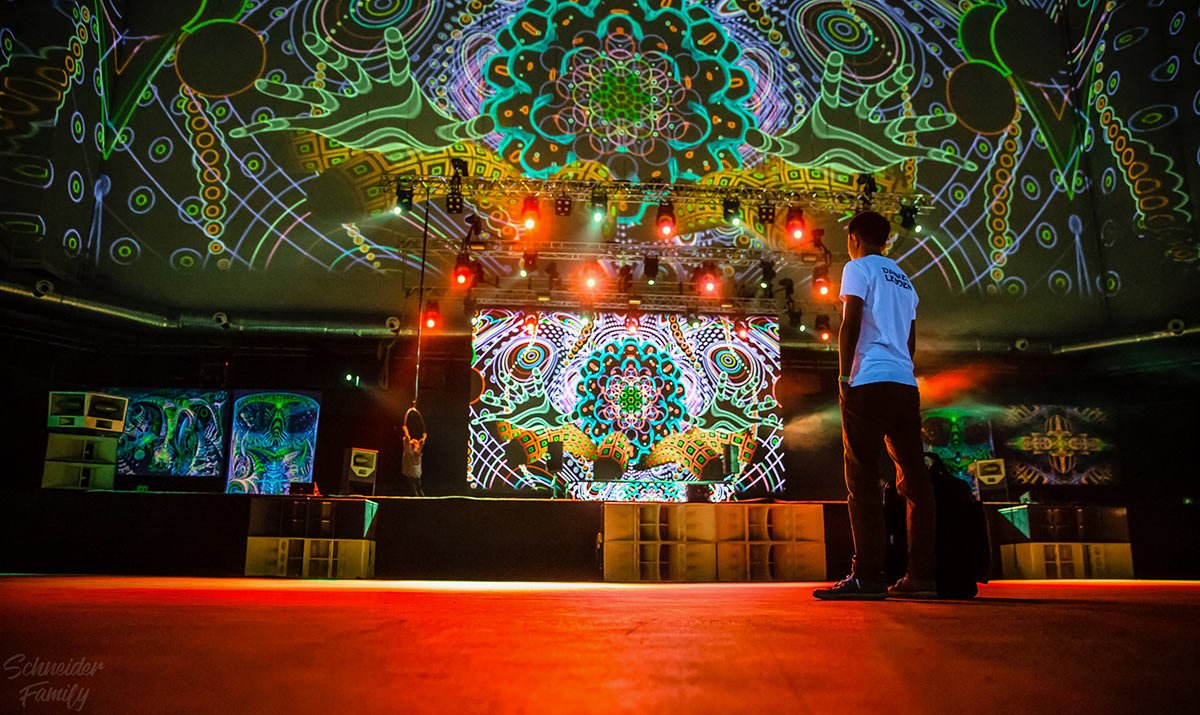Music genres aren’t binary
Oftentimes when some people think about music genres, they think binary. It’s either this or that. It’s either House or Trance. It’s either Techno or Psy-Trance.
But I think today’s variety of music genres is too vast and too complex for that. Music genres have evolved and diversified so much that categorising them into strict binaries requires a bit of different thinking.
When we think of music genres, we’re considering a multitude of elements that contribute to a track’s identity. Elements like rhythm, sound design, tempo, melody, and even cultural influences all play a role. It’s not just about the primary beat or the dominant instruments; it’s the intricate blend of these components that creates a unique sonic landscape.
This is why I think of genres as a spectrum, like the adjustable sliders in photo editing apps.
For example, a track might have the driving beat of Techno, the atmospheric elements of Trance, and the rhythmic structure of House, all blended together in varying proportions. Which genre should this track belong to, in this case? That’s the tricky part – it’s up to identifying the proportion of those elements on the imaginary spectrum, or sliders.
The practicality of genres as guiding stars in navigating the expansive realm of music remains undeniable. As a DJ, I still rely on genres to discover fresh tracks. Nevertheless, it’s equally crucial to acknowledge the mixture of styles within tracks that extend beyond the confines of the notion of genres that we know today.
I think recognising genres as a fluid spectrum rather than strict binaries helps to embrace the diversity and intricacies that make music a constantly evolving and endlessly fascinating art form. And this mindset certainly helps in my decision-making process behind curation.




